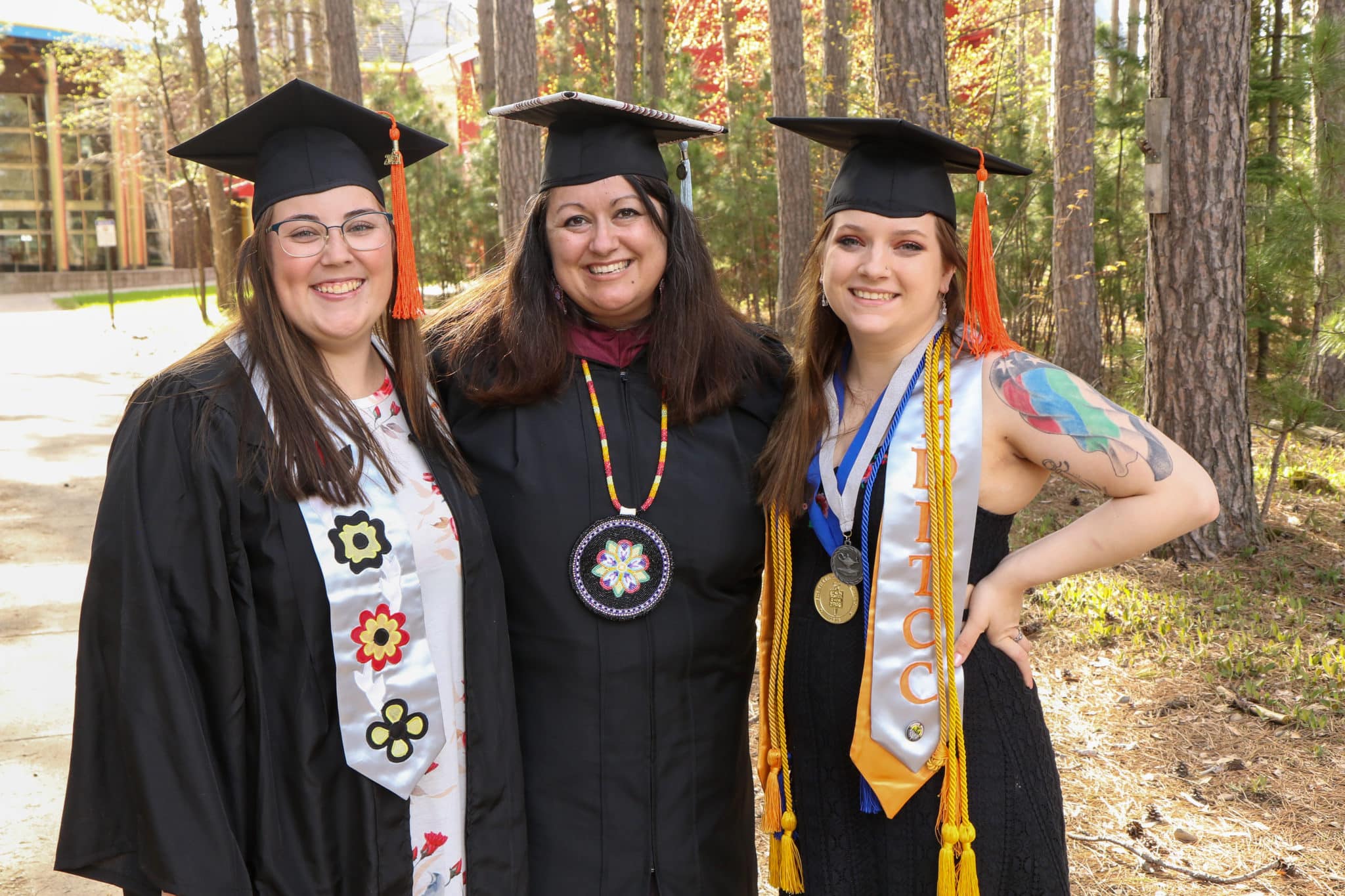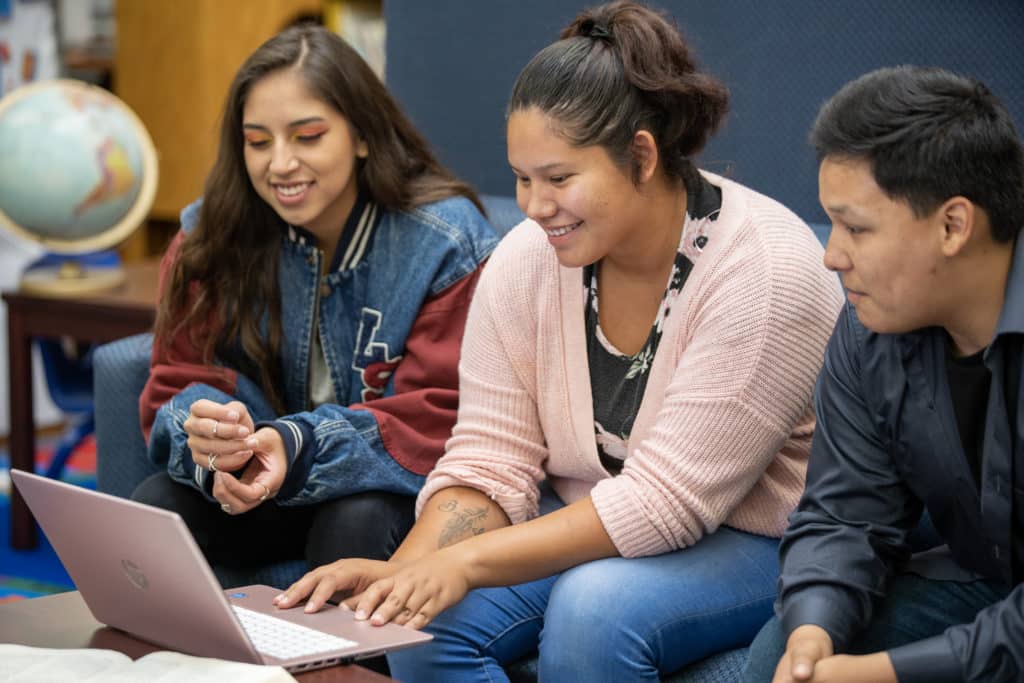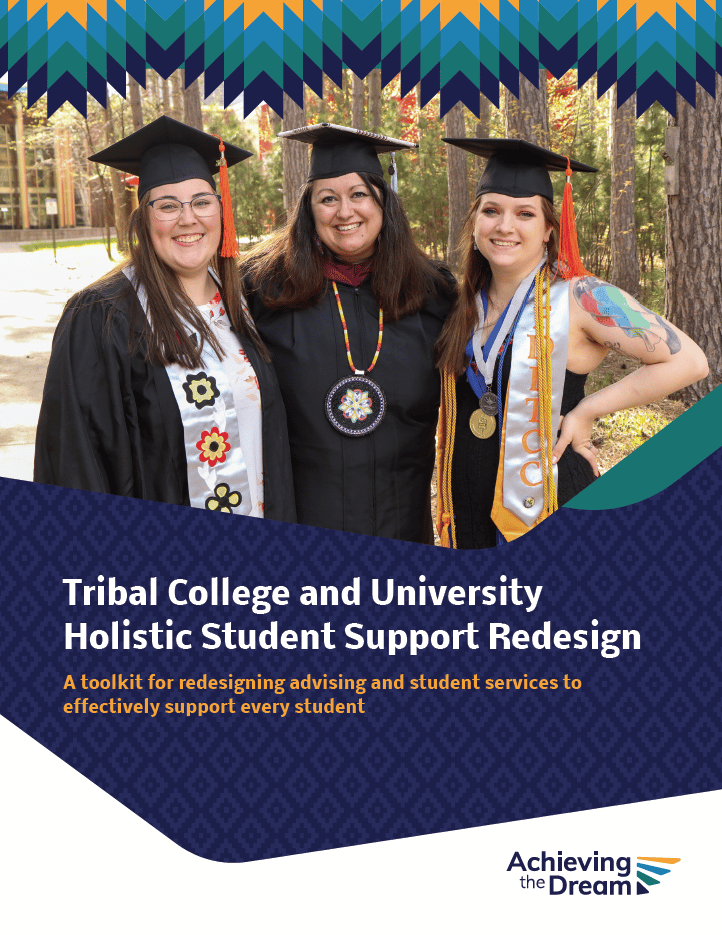A toolkit for redesigning advising and student services to effectively support every student
Jump to Download
Over the past 15 years, the national narrative in higher education has shifted from one focused on access to a dual focus on access and completion. As institutions have implemented initiatives to increase student success, completion of postsecondary education has slowly increased, with 47 percent of Americans aged 25 to 64 holding a credential beyond high school, up nine percentage points since 2008. But some groups of students are seeing far greater gains than others.
In the United States, the income of one’s parents remains one of the top predictors of whether one will make it into the middle class and whether one will attend college. Two-thirds of the 6.9 million students who attend community colleges qualify as low-income, coming from families earning less than $50,000 per year, and more than one-third live below the poverty line. Most work either full or part time. They look to educational institutions as an affordable
stepping-stone to financial stability and a better life.
Further, gaps along racial lines remain stubbornly wide, with six-year completion rates for Asian students and white students far higher than those for Hispanic students, American Indian/Alaska Native students, and Black students. In fact, Black students represent the only group more likely to stop out or discontinue enrollment than to complete a credential within six years.
Six-year completion rates by race/ethnicity
Source: Completing college: A national view of student completion rates – Fall 2011 cohort (signature report no. 14): https://nscresearchcenter.org/signaturereport14/
68.9%
Asian students
66.1%
White students
48.6%
Hispanic students
41%
American Indian/Alaska Native students
39.5%
Black students
For Tribal communities, higher education provides the opportunity to continue to build strong Nations, as the Native population under 18 years old is nearly a third of the total Native population. Not only does education attainment provide for a more skilled workforce, but it also enriches tribal economies with entrepreneurs, job creation and economic development in Indian Country. More specifically, TCUs provide native “identity-affirming” learning environments, rooted in Indigenous ways of thought, language and culture that serve their communities beyond earning a credential and a better job. TCUs are contributing to Nation building of their tribal communities. NCAI reports that investments in higher education can “equip tribes to exercise their sovereignty as governments and to serve both the socioeconomic and cultural interests of their citizens.”
Yet, the array of challenges awaiting lower-income or first-generation students and other historically underserved Native students are pervasive and generational. Many students, particularly those attending TCUs, face a daily struggle to pay for food, housing, child care, health care, and transportation along with tuition and fees. These “indirect costs” amount to 60-80 percent of the total cost to attend college.
In addition to these financial obstacles to success, many students enter college to find that navigating the college’s processes, policies, and culture formidable. Over the last several years, Achieving the Dream (ATD) has engaged in several initiatives to help two-year and four-year institutions build their capacity to ensure that more students can reach their education and career goals.
Through the efforts of the 19 community colleges in the Working Students Success Network (WSSN) and the 36 two-year and four-year institutions in the Integrated Planning and Advising for Student Success (iPASS) learning initiatives, we have come to see that enhancing and integrating student supports is central to student success. Helping more students achieve their dreams involves identifying a wider set of student needs—including financial challenges and family responsibilities—and offering redesigned support services to meet them holistically. This holistic student supports approach emphasizes the need for colleges to redefine the way they understand, design, integrate with academics, and deliver the services that are critical for the success of every student.
This toolkit was adapted to integrate the TCU context in providing evidence-based practitioner-tested tools, tips, and guides to aid TCUs in their planning and execution of a more personal, seamless, and comprehensive support experience that fully equips students to succeed in achieving their goals.
Tribal College and University Holistic Student Support Redesign
This toolkit provides evidence-based, practitioner-tested tools, tips, and guides to aid TCUs in their planning and execution of a more personal, seamless, and comprehensive support experience that fully equips students to learn and to succeed in achieving their goals. It charts a deep dive into the essential elements that are relevant for all colleges to consider and use.
Download the ToolkitKeep Exploring
Alongside the Holistic Student Support Redesign toolkit, ATD has release six spotlights detailing the initiatives and outcomes of TCUs that participated in the Serving Native American Students with Holistic Student Supports initiative.


